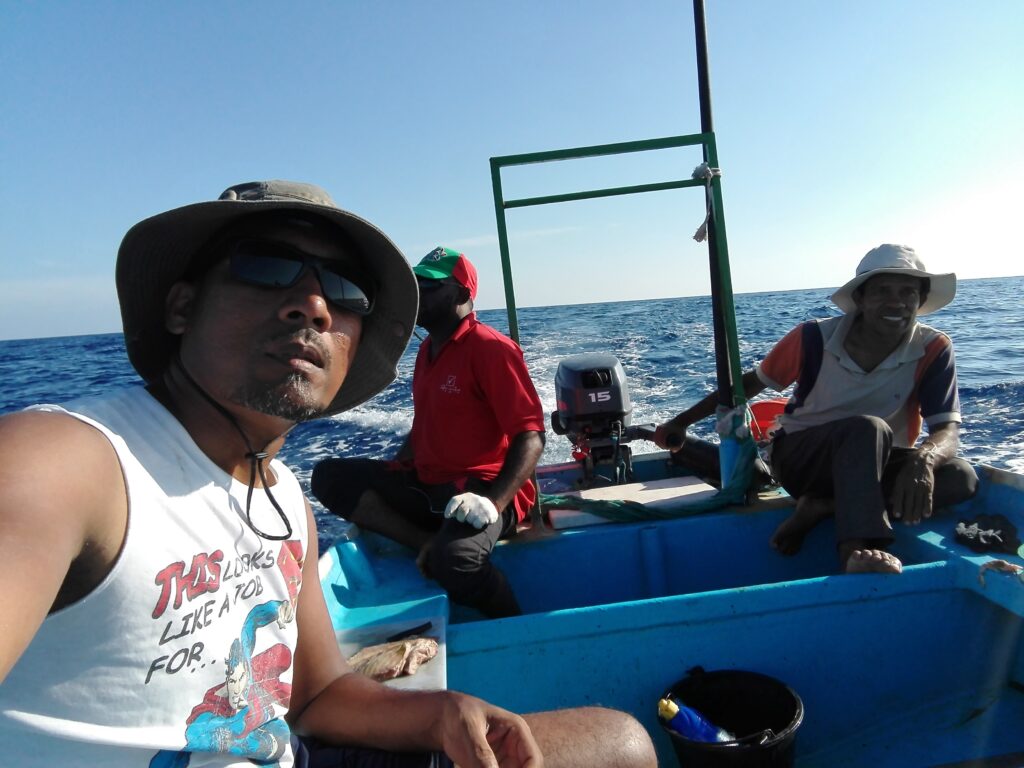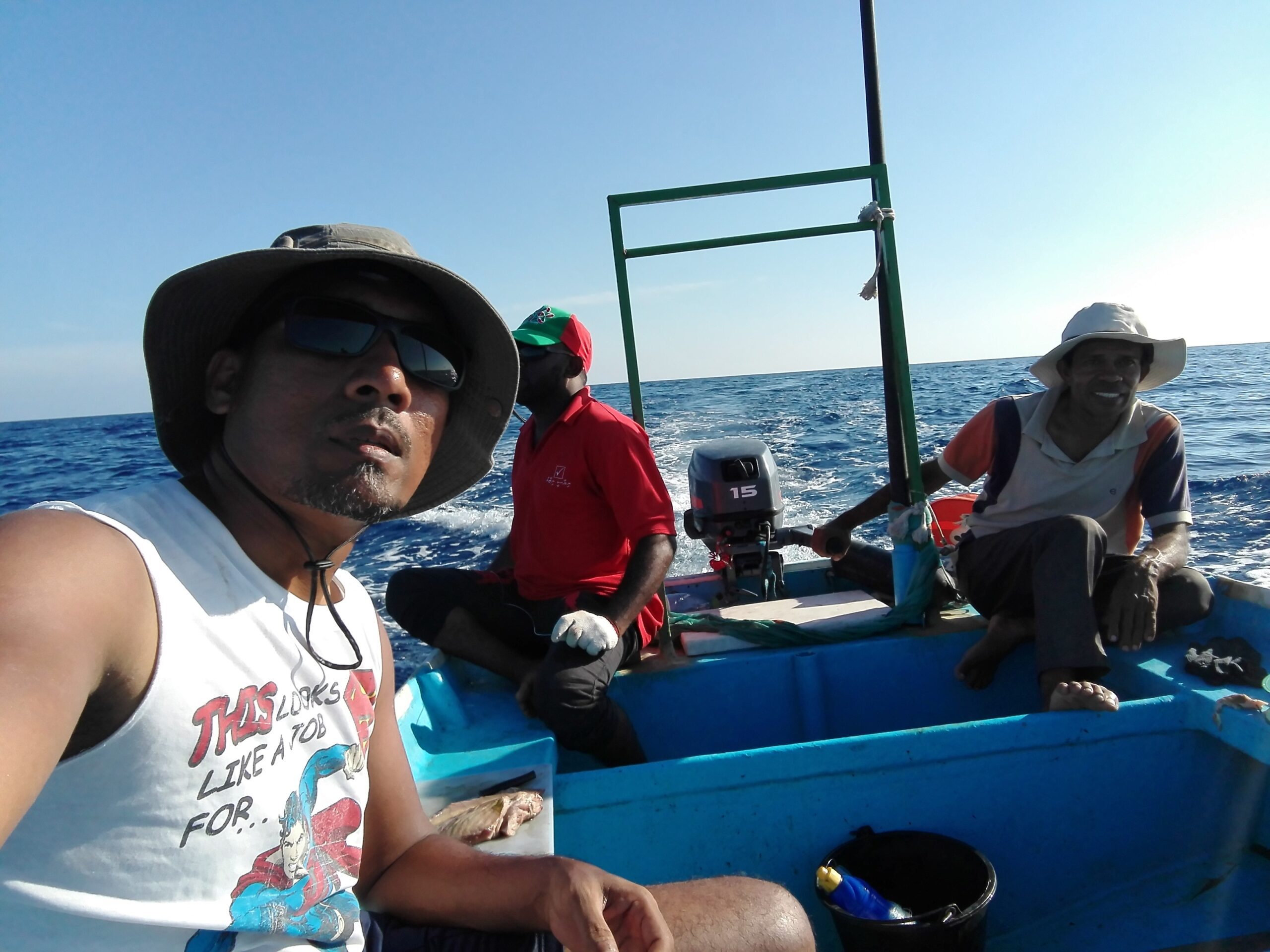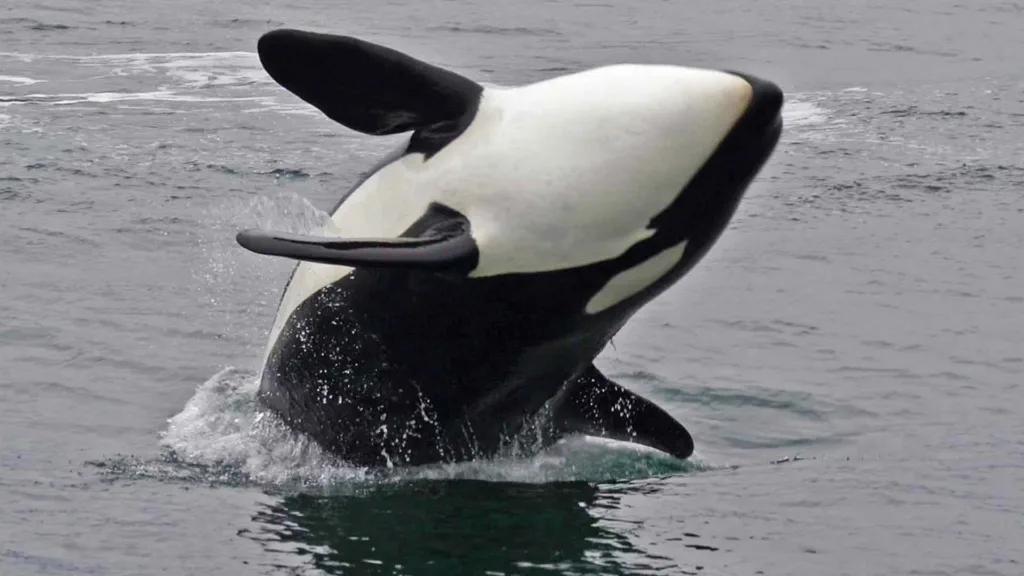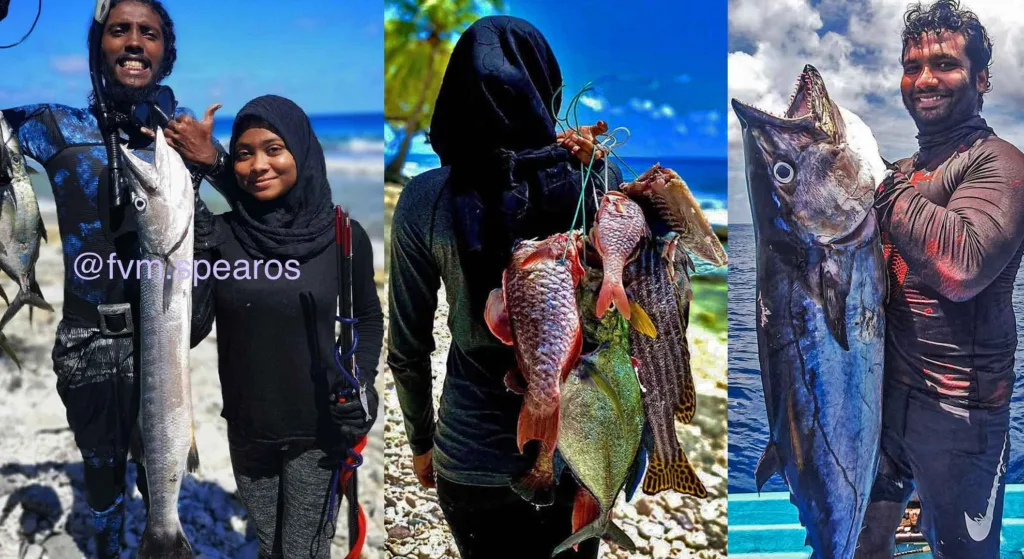
Yellowfin tuna can be caught using many techniques and methods. And there are important factors that are important while searching for this fish.
Some important things you have to be aware of are:
- Yellowfin tuna chase and follow baitfish. They are predatory fish that feed on smaller fish, squid, and crustaceans. Sometimes live baits are very suitable in attracting them.
- Yellowfin tuna often move in open water. They are sometimes seen near underwater structures such as reefs. If there is sonar in the boat, use it to locate schools of yellowfin tuna.
- Lure and tide patterns are also important.
- Peak solunar periods – our elderly fishermen also insist that moon phase is important in fishing. They tell us that if the tide is high, fishing will be good. Perhaps it could be due to the current resulting from the moon phase. Due to this factor, bait movement and more fish feeding activity can occur. I will write separate articles about moon phase and fishing.
- Look for birds; gathering of bird or birds diving into the water.
- Ocean currents: yellowfin tuna is attracted to areas where currents and upwellings bring nutrients and baitfish to the surface.
- Temperature breaks: yellowfin tuna is normally found on the warm side of a temperature break. It is wise to check the cold side as well.
- It’s called the Work the break: across the breaks there zigzag back and forth. Here it is important to notice the areas where the break intersects with structure.
- Eddys: general patterns of ocean flow is called currents. Sometimes theses currents can pinch off sections and create circular currents of water called an eddy. They are found in these places.
- They are found in the upwellings. It is a process in which deep, cold water rises toward the surface.
- From childhood, we remember fishermen setting out to catch yellowfin tuna at sunrise and sunset.
- Chunking and Chumming: These are two popular techniques used to attract yellowfin tuna. Chunking involves cutting up fresh bait and tossing it into the sea. We call it ‘koshun.’ Some fishermen used to allow a steady stream of bait water of particles to be released into the water to attract yellowfin. But we normally cut up the fish into pieces and toss into the sea.




